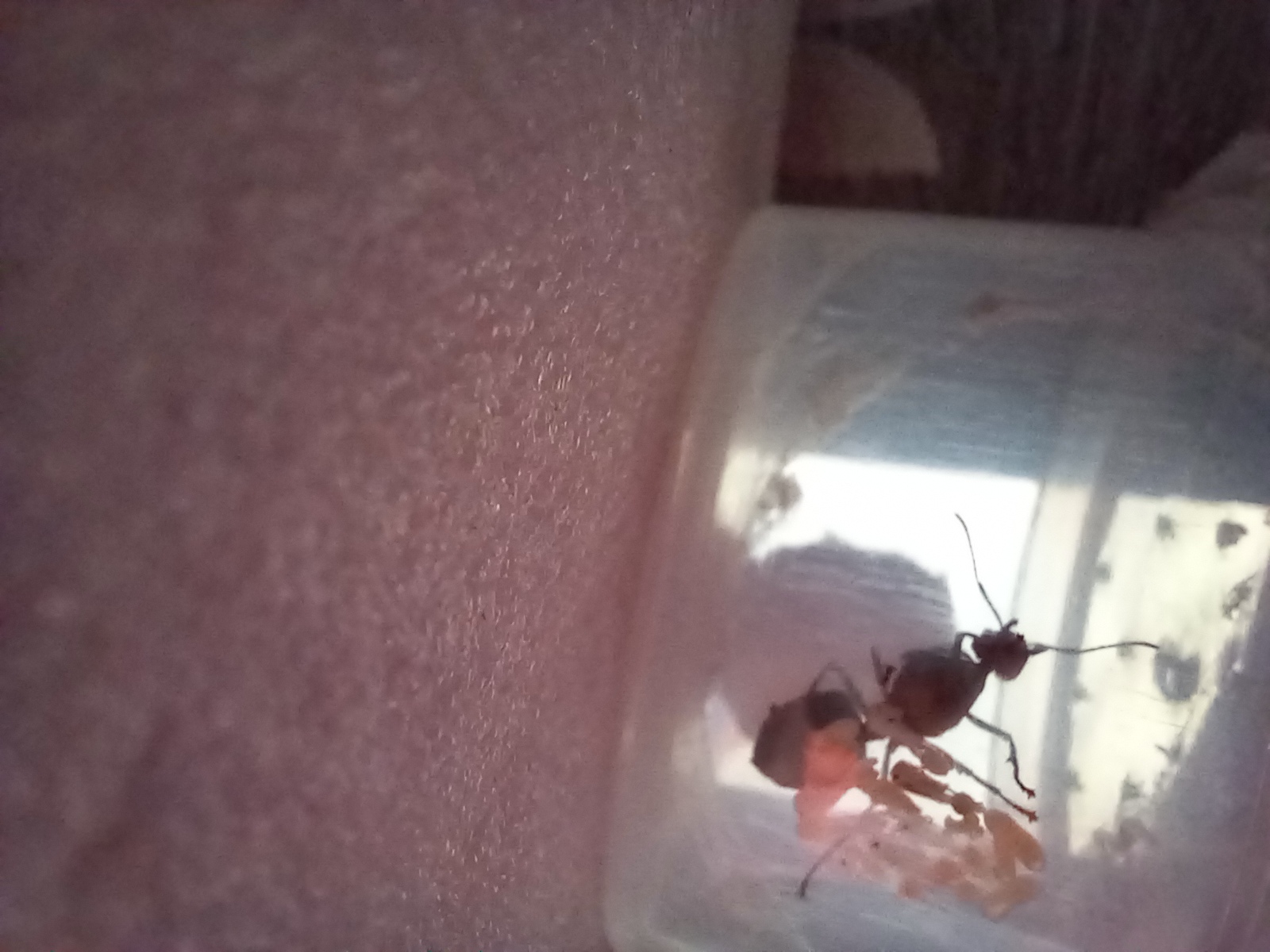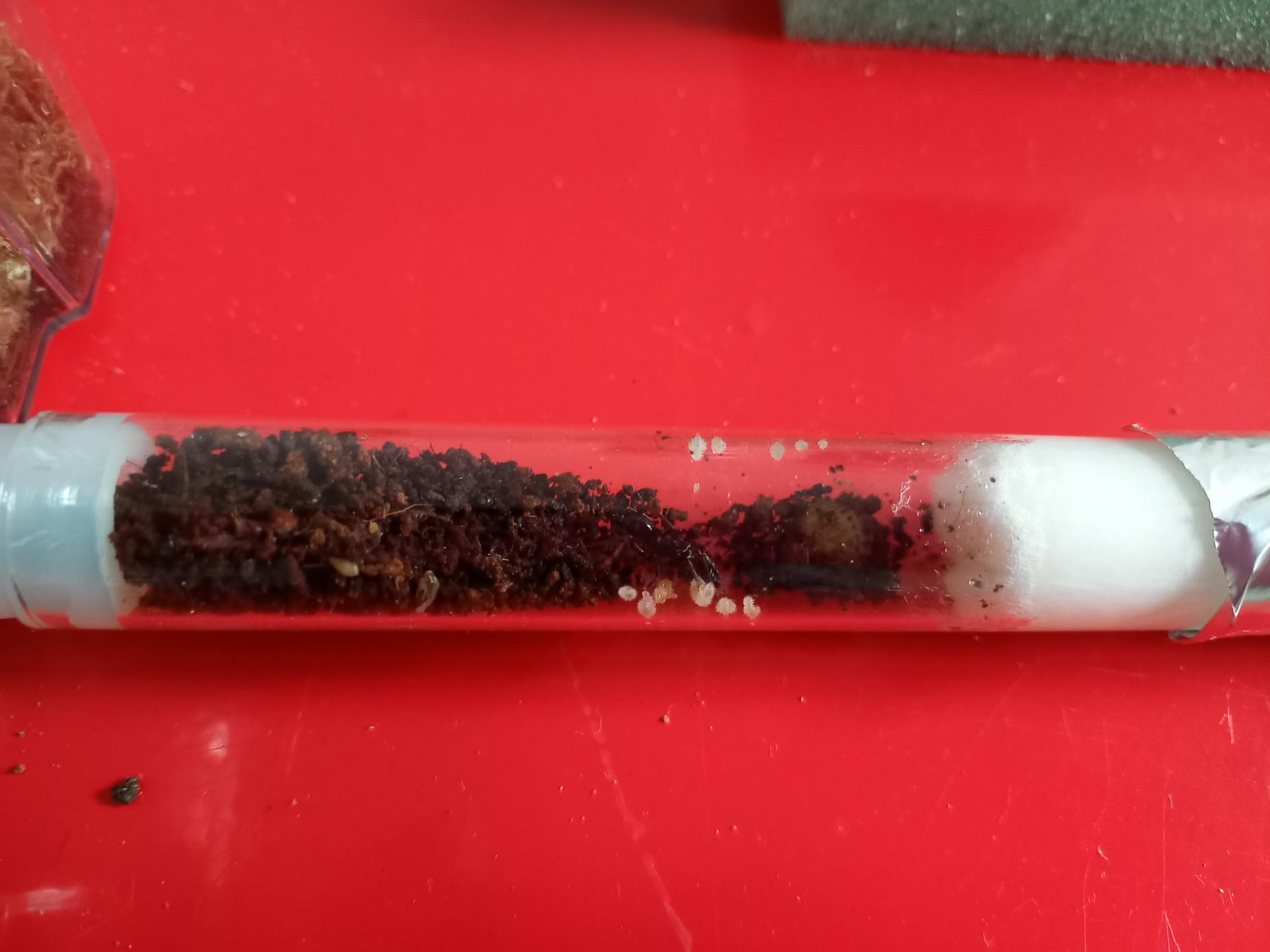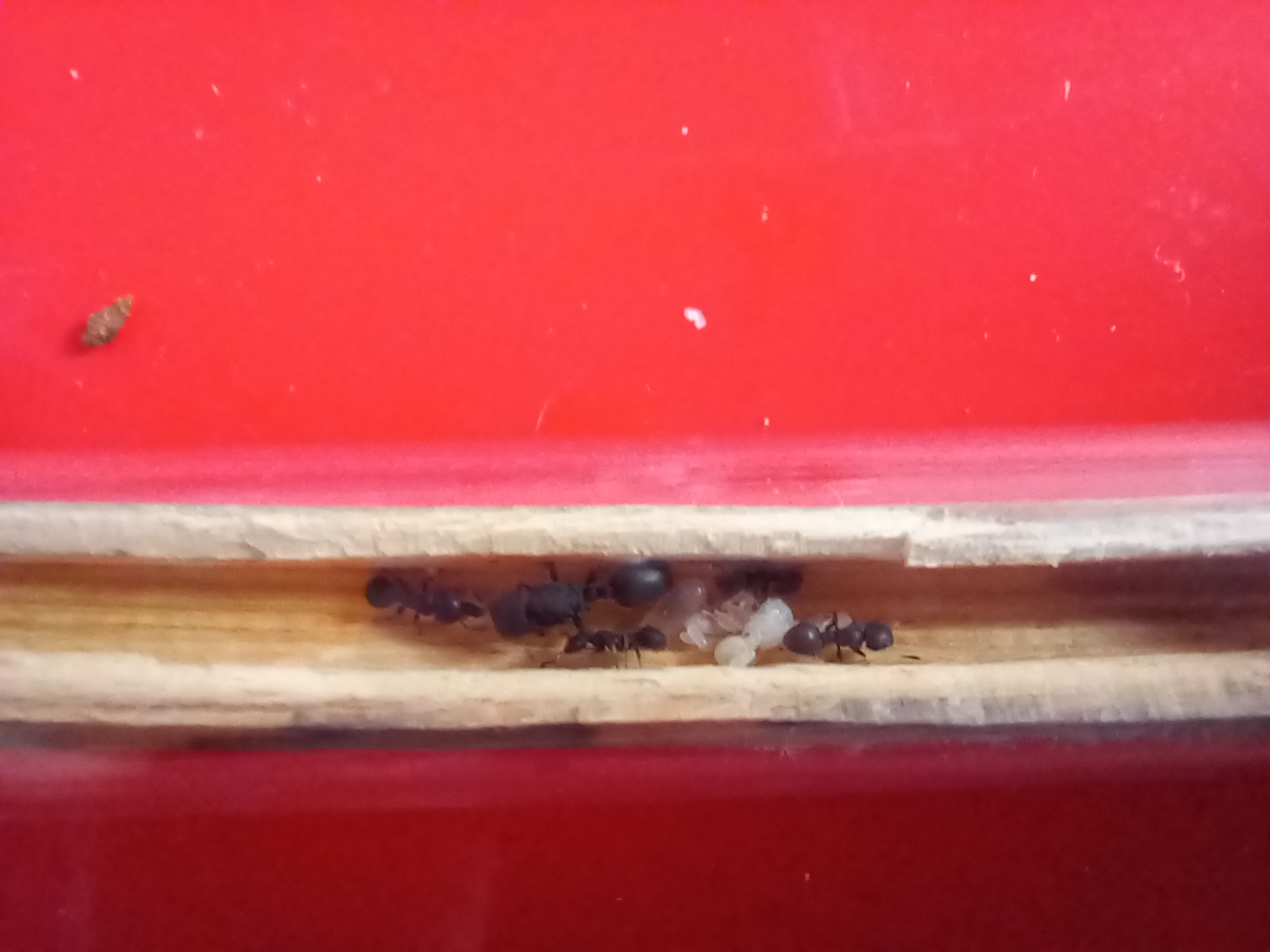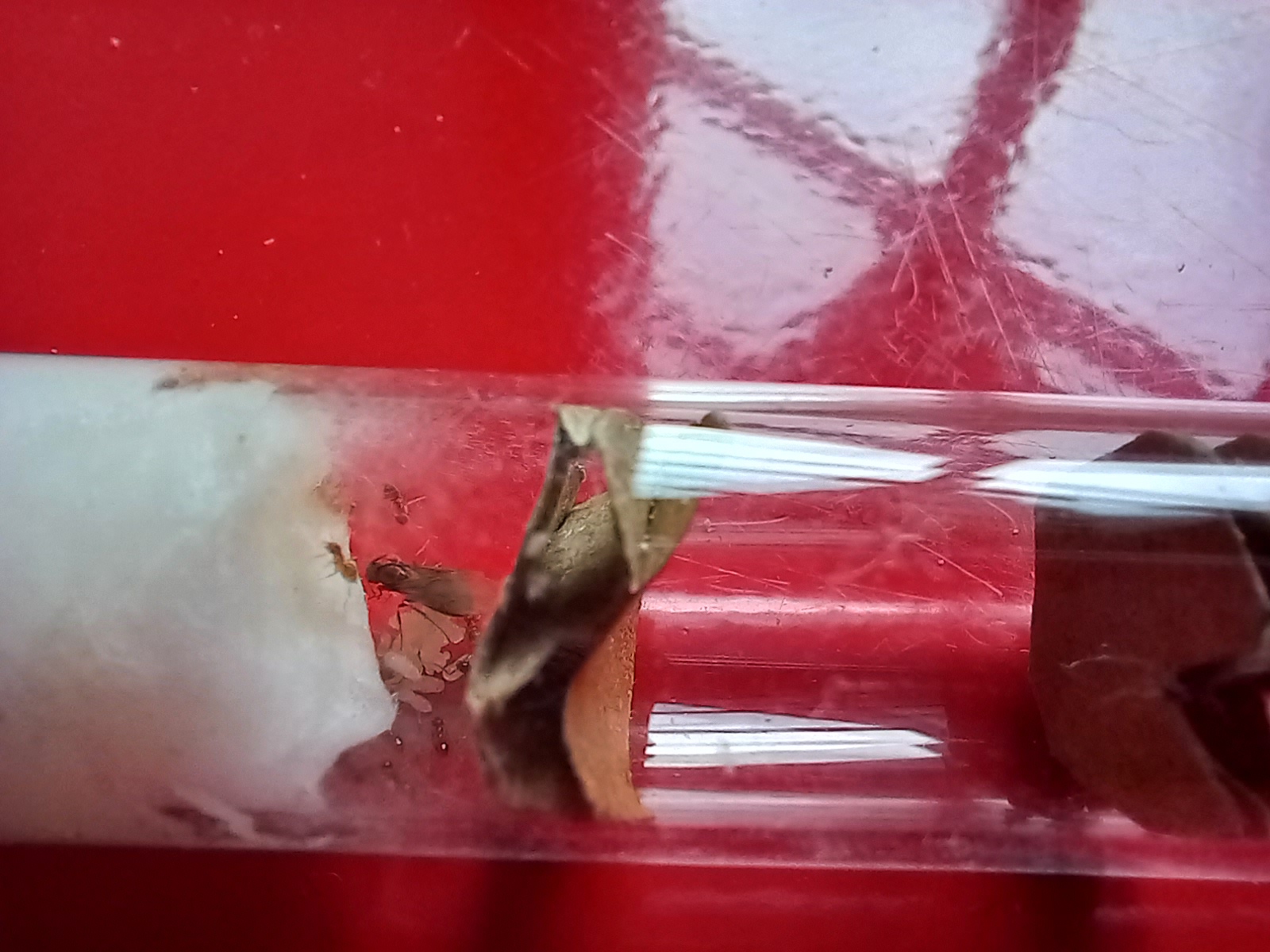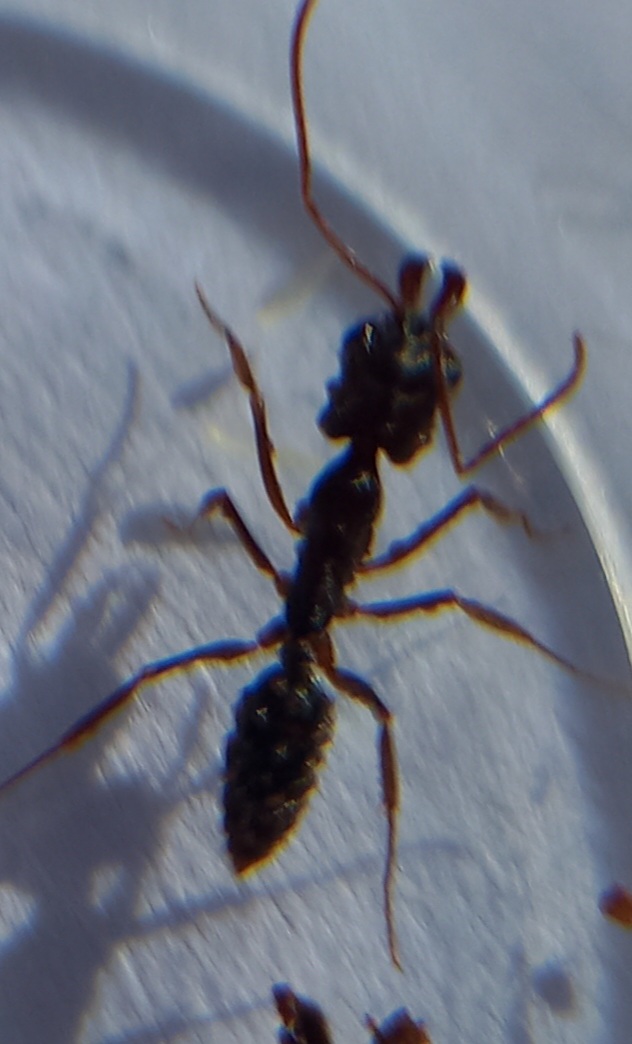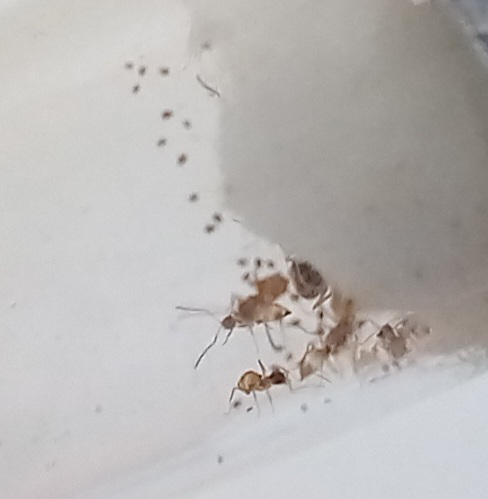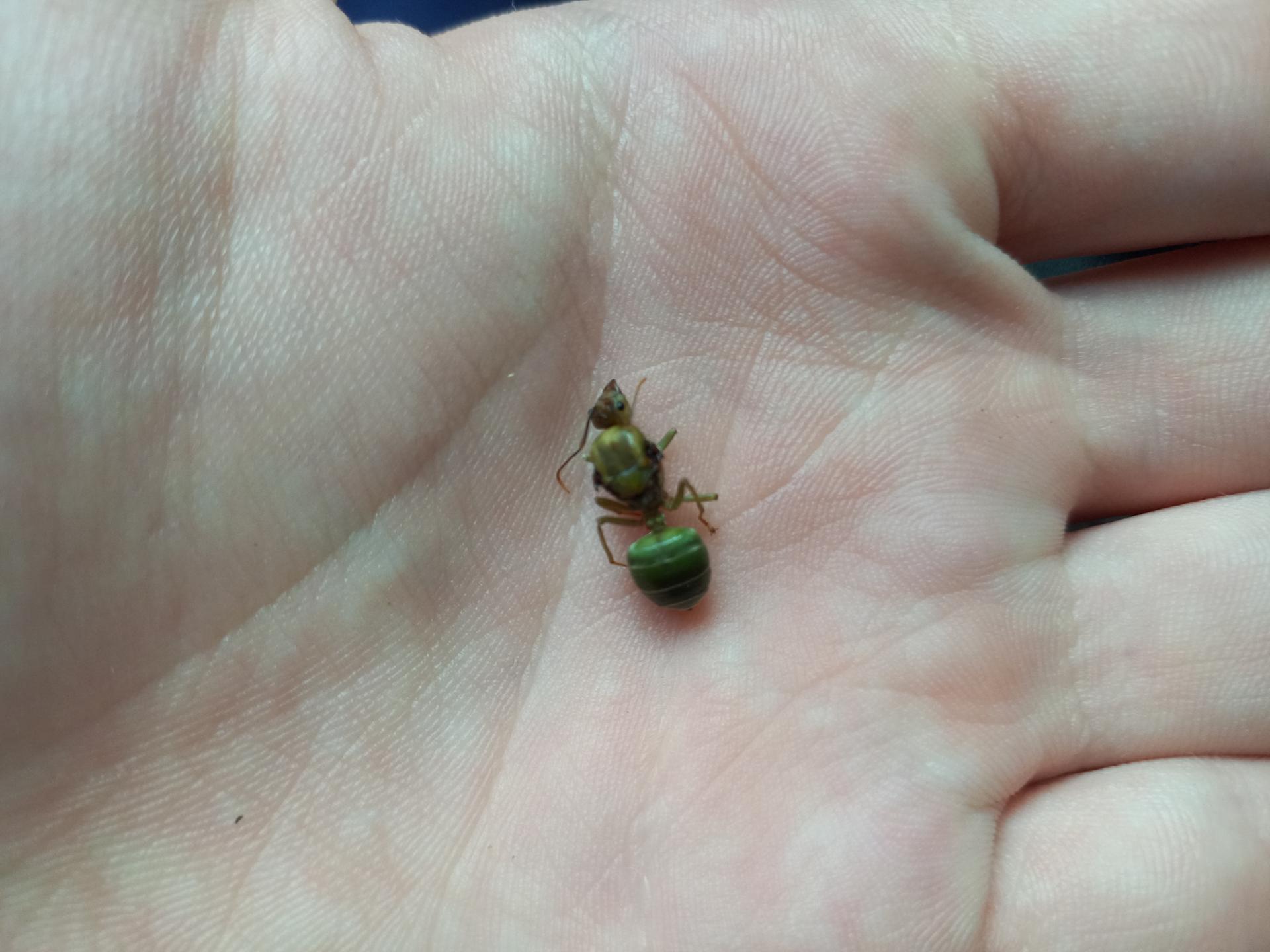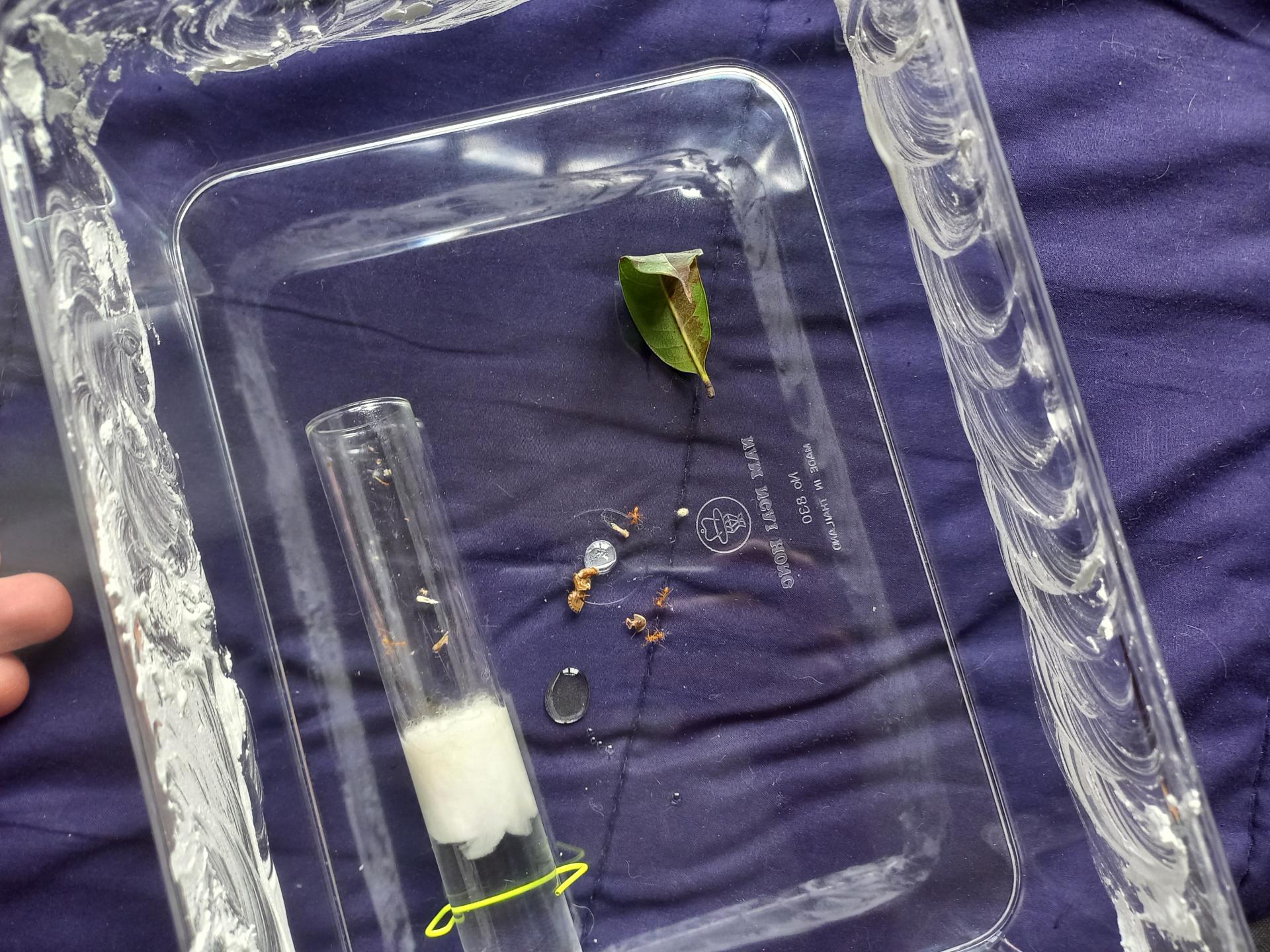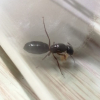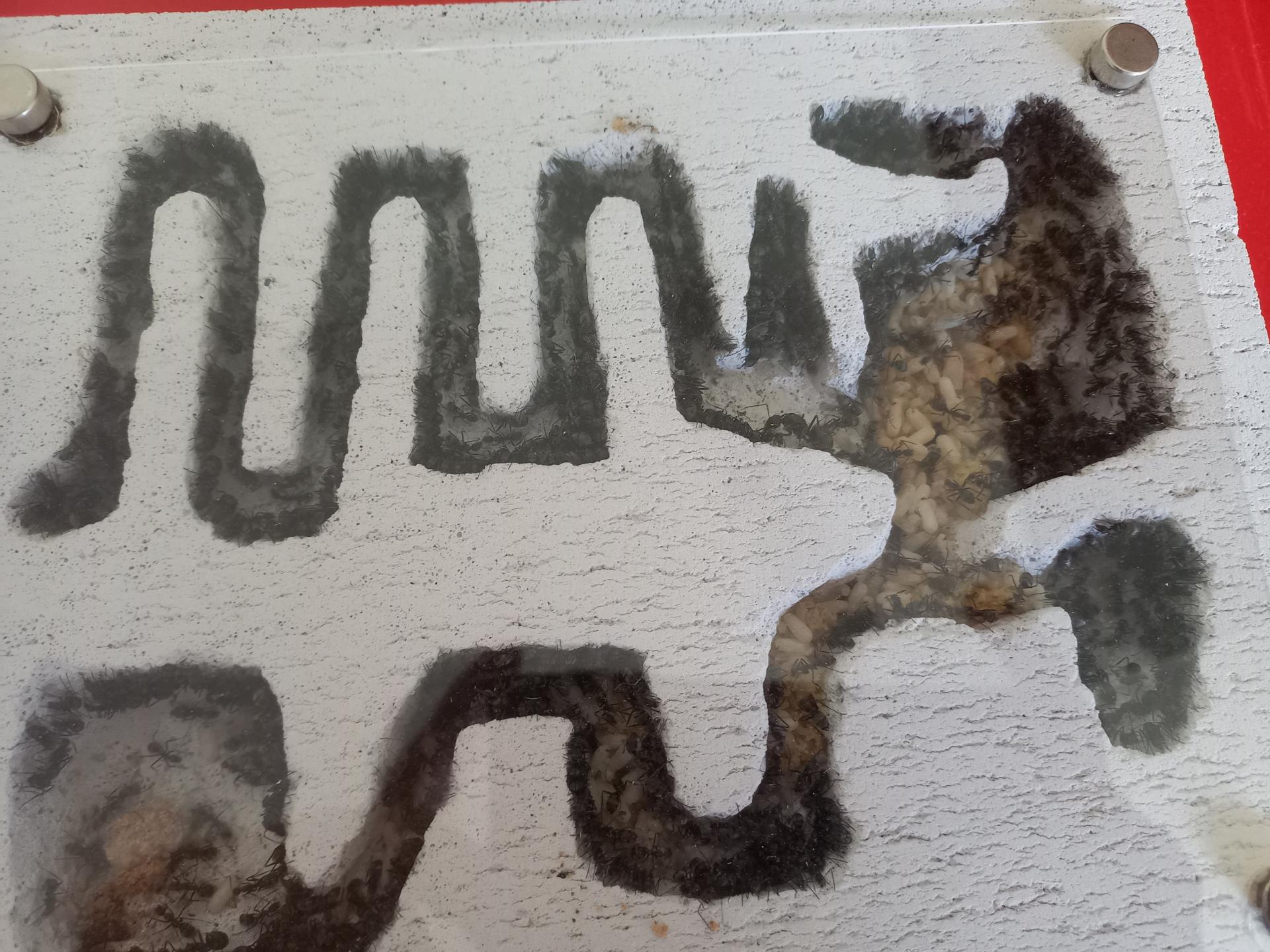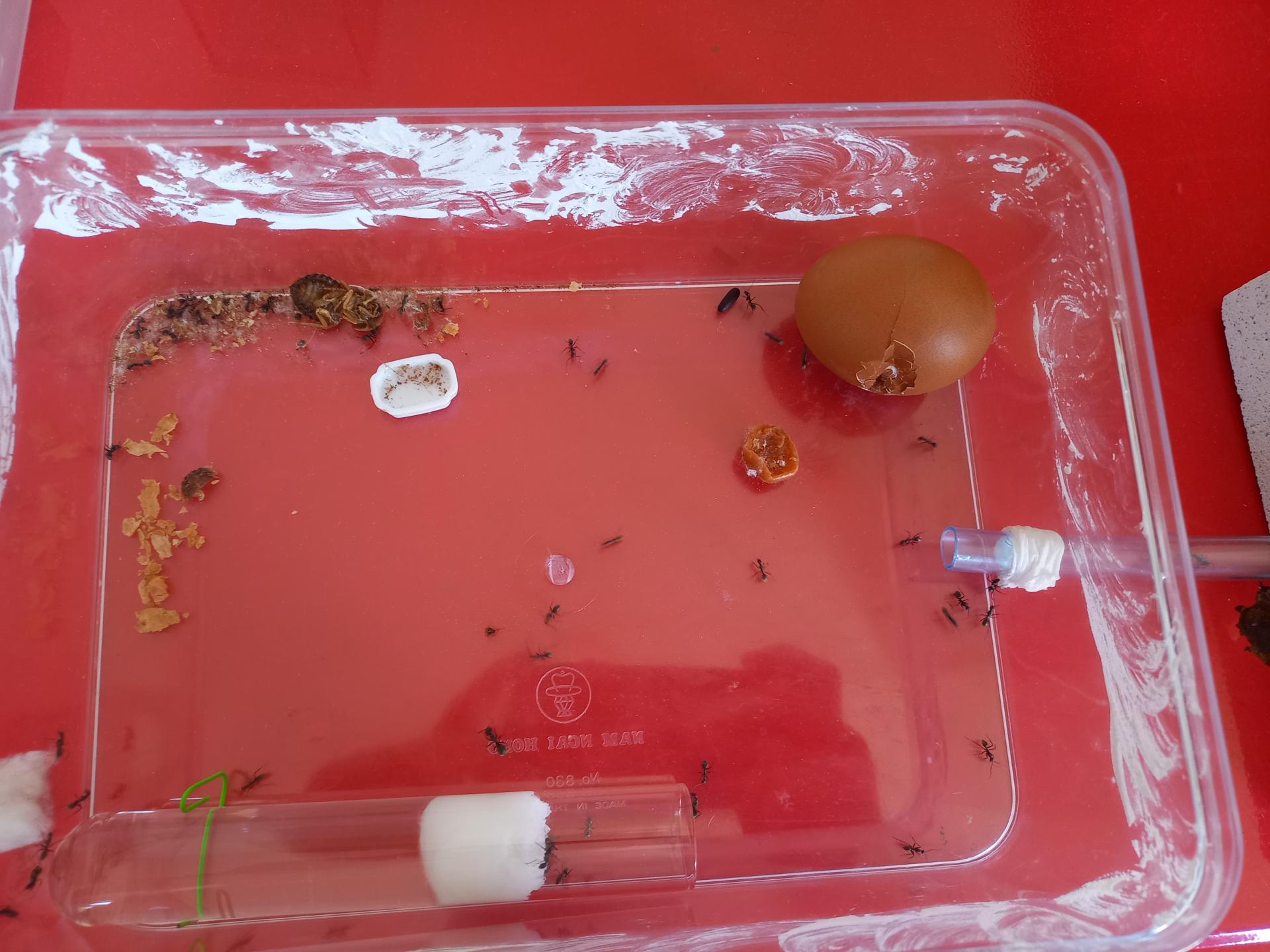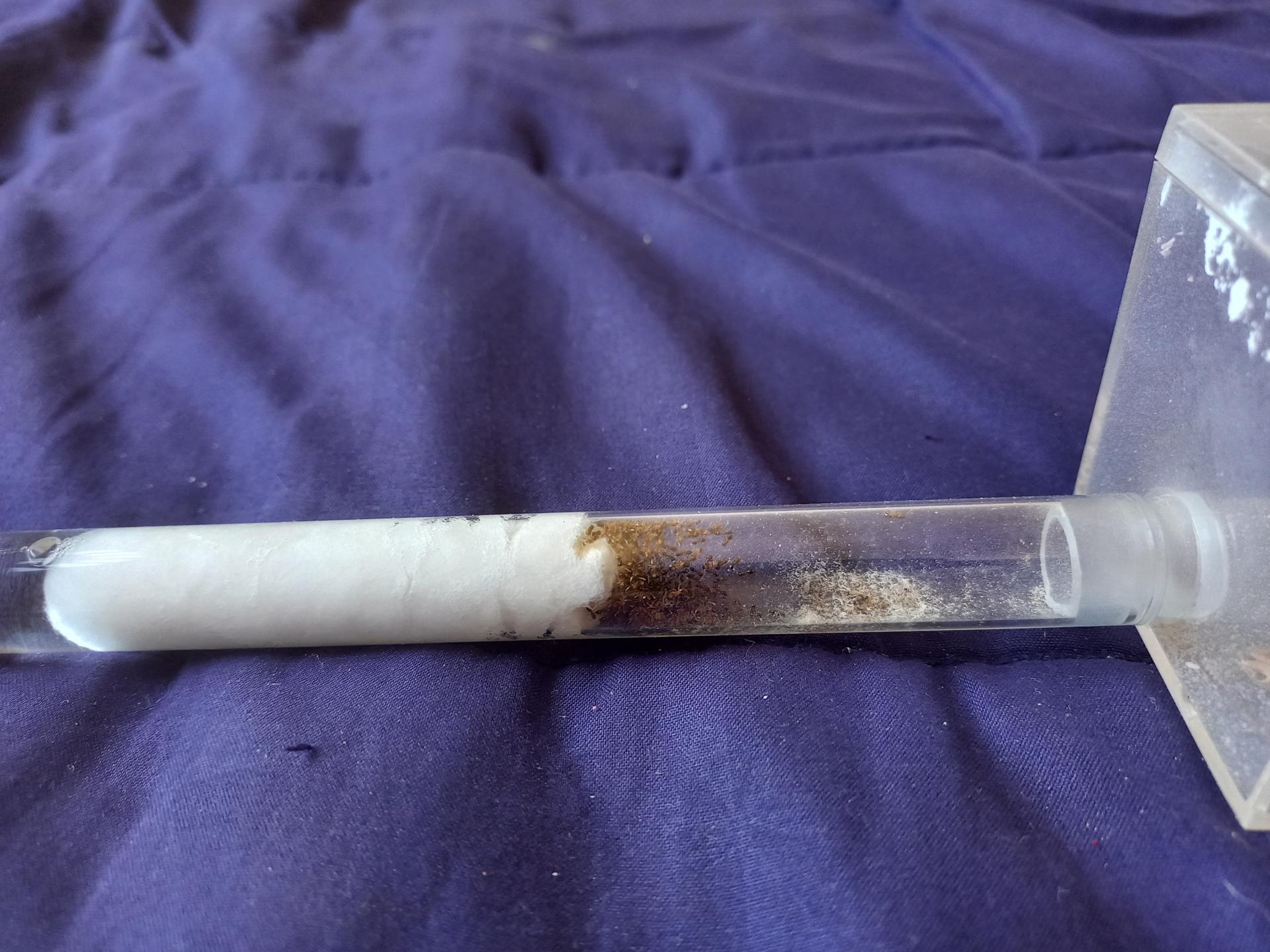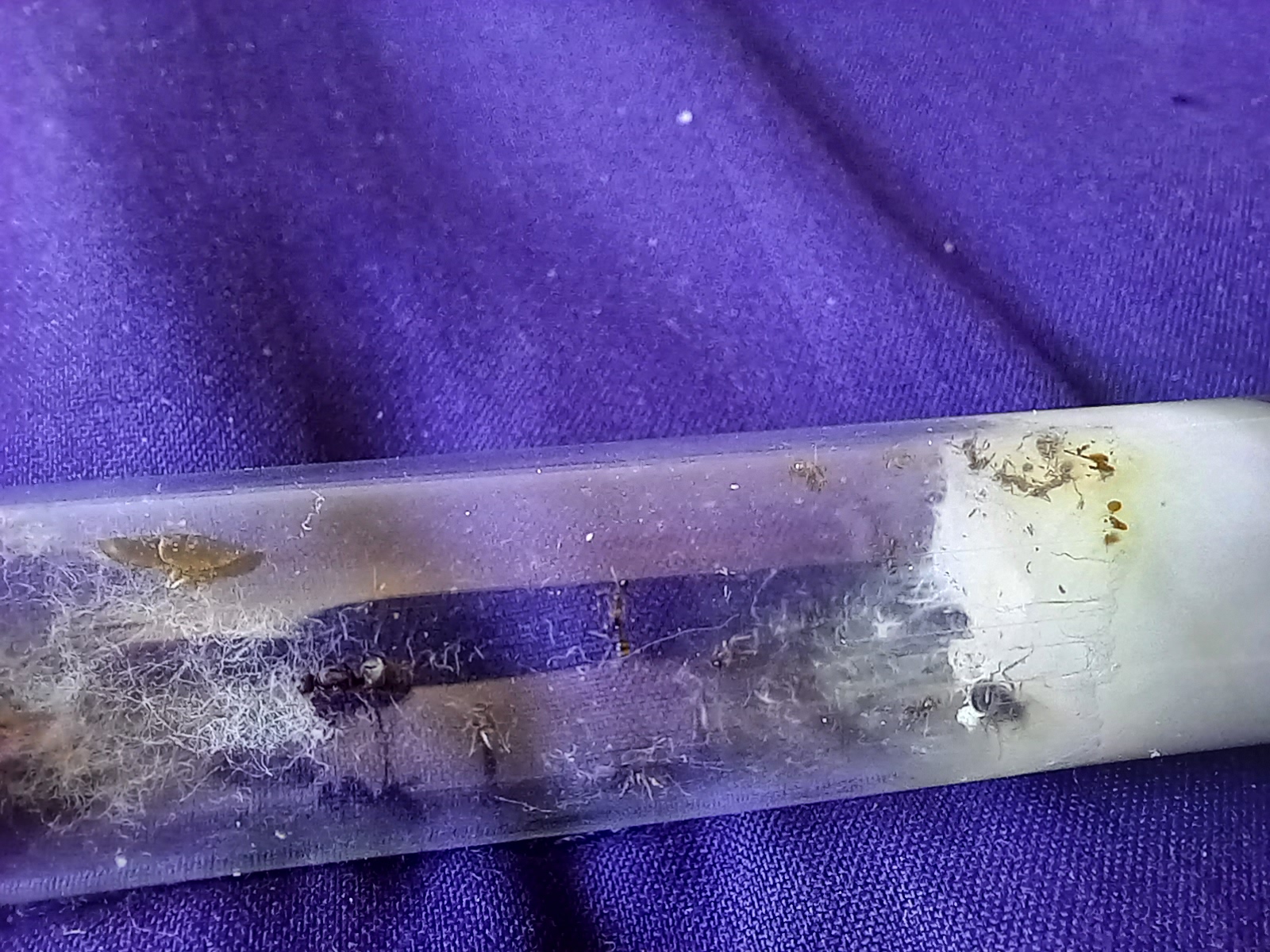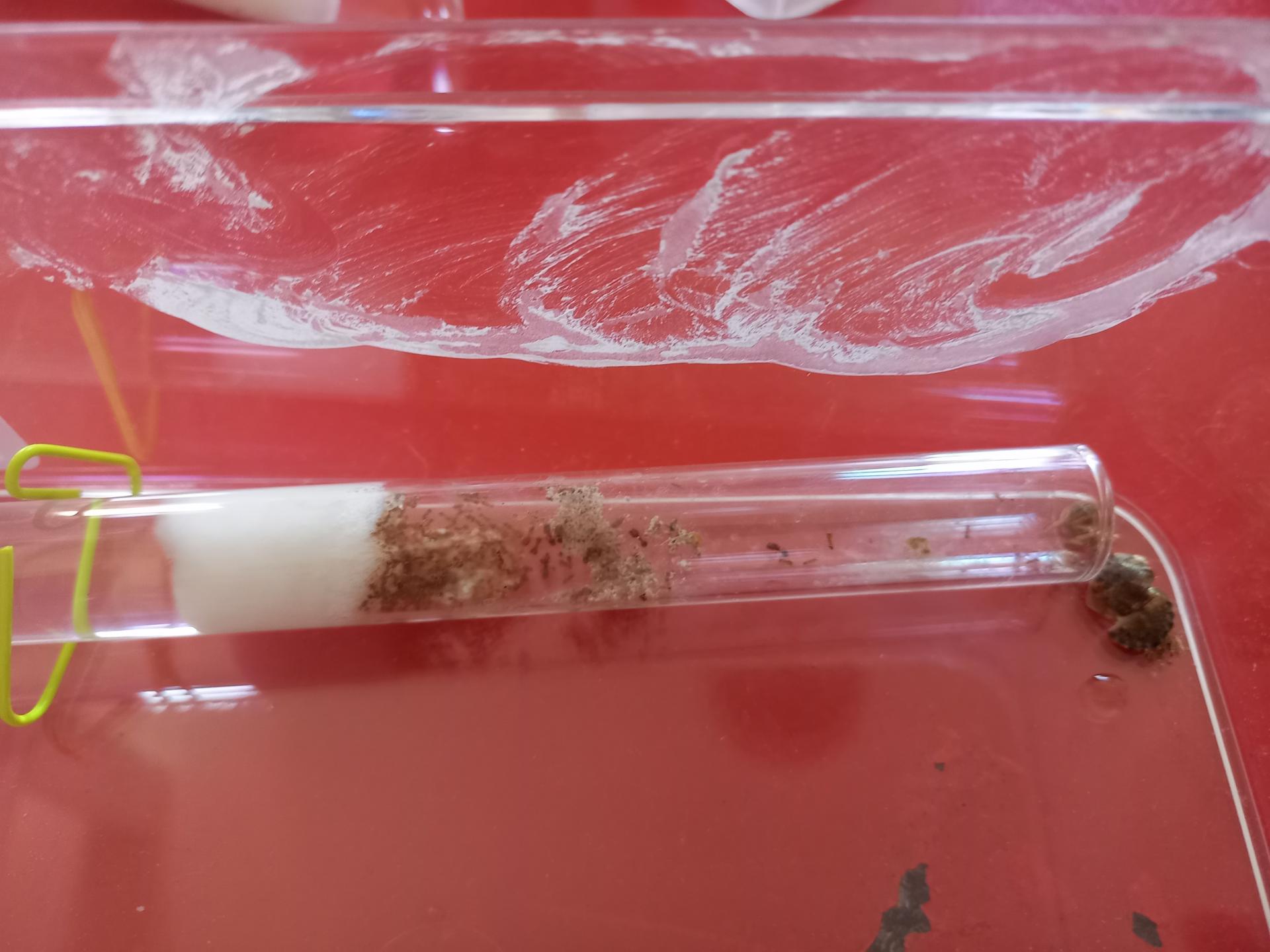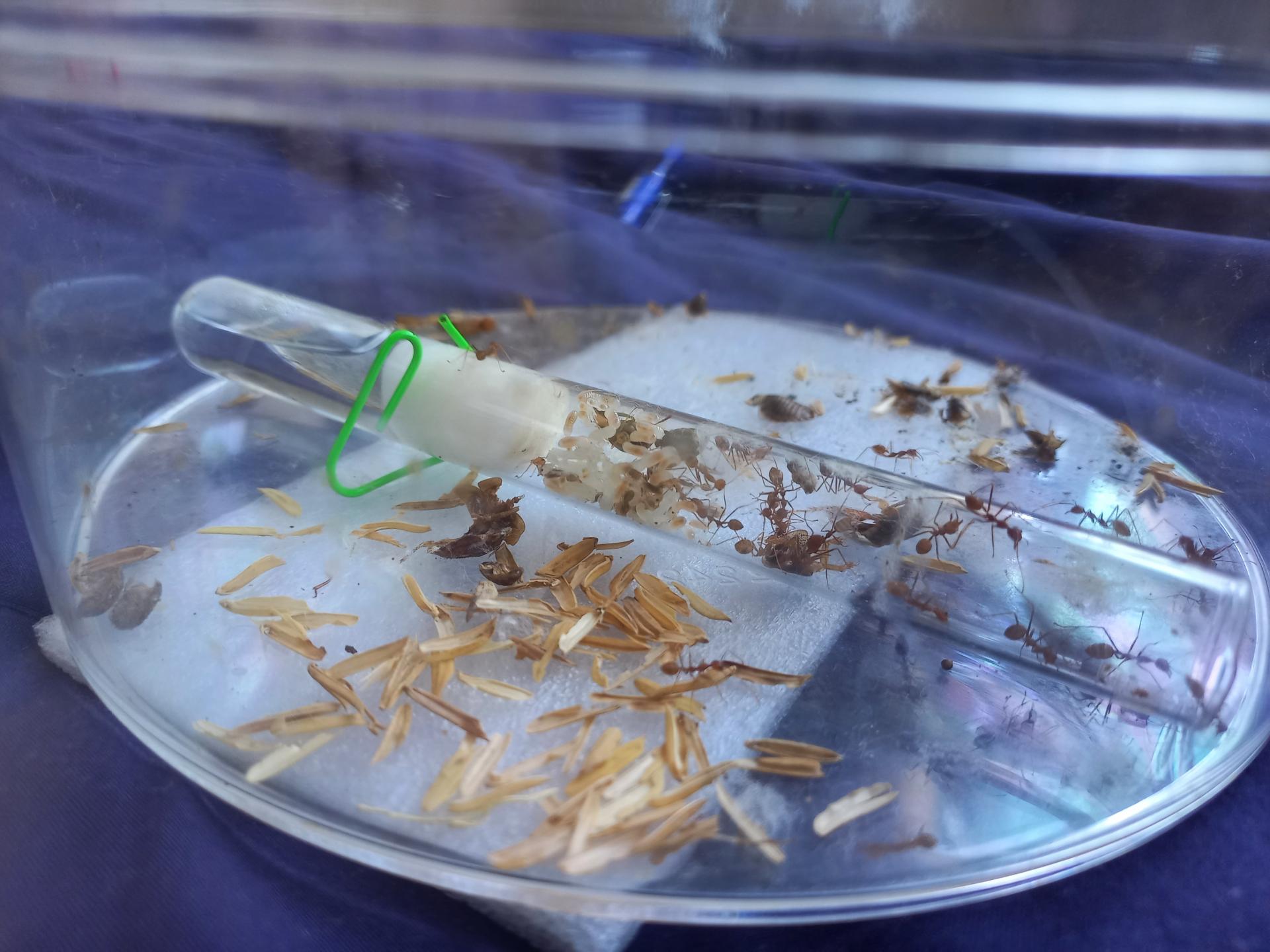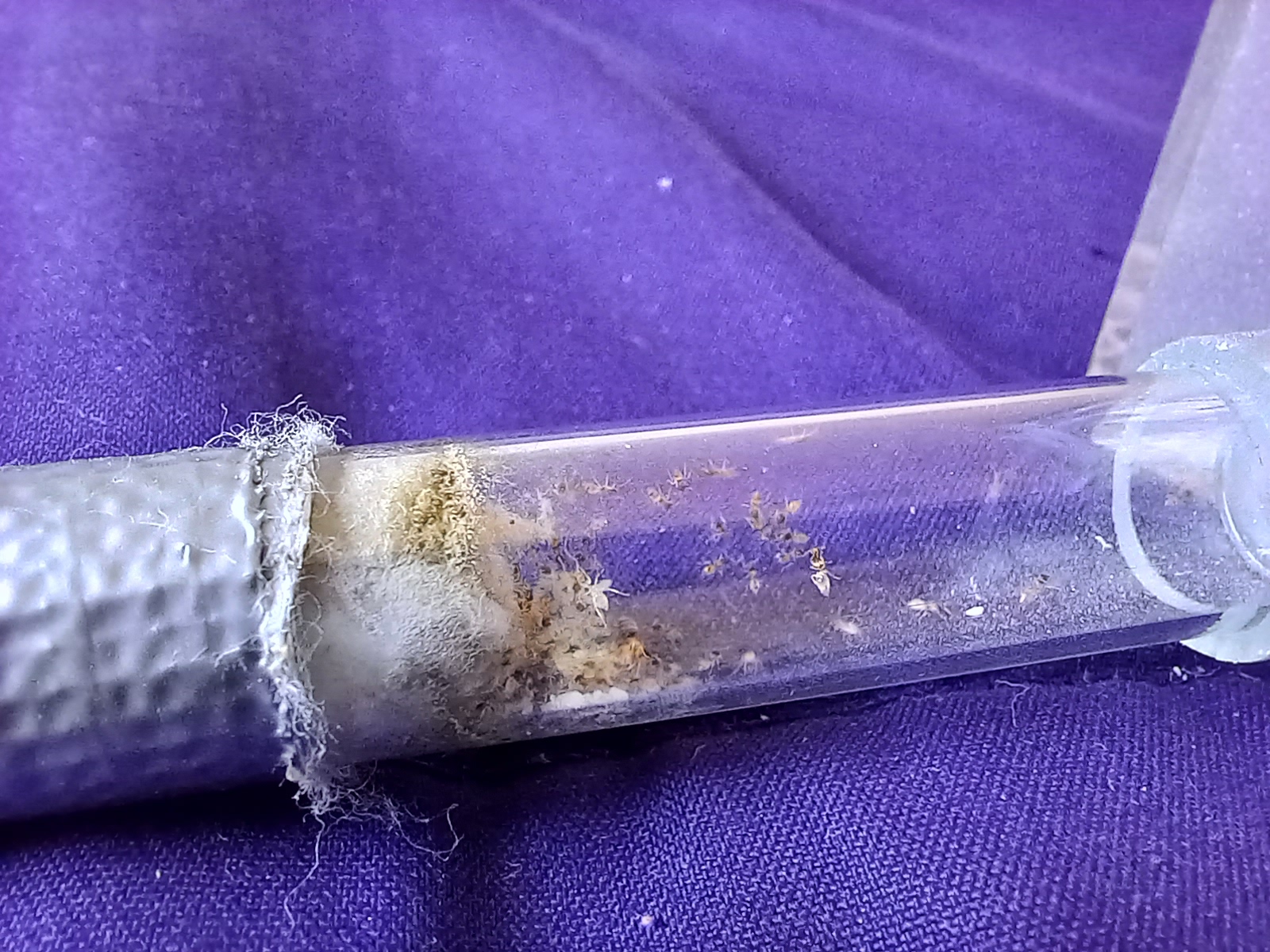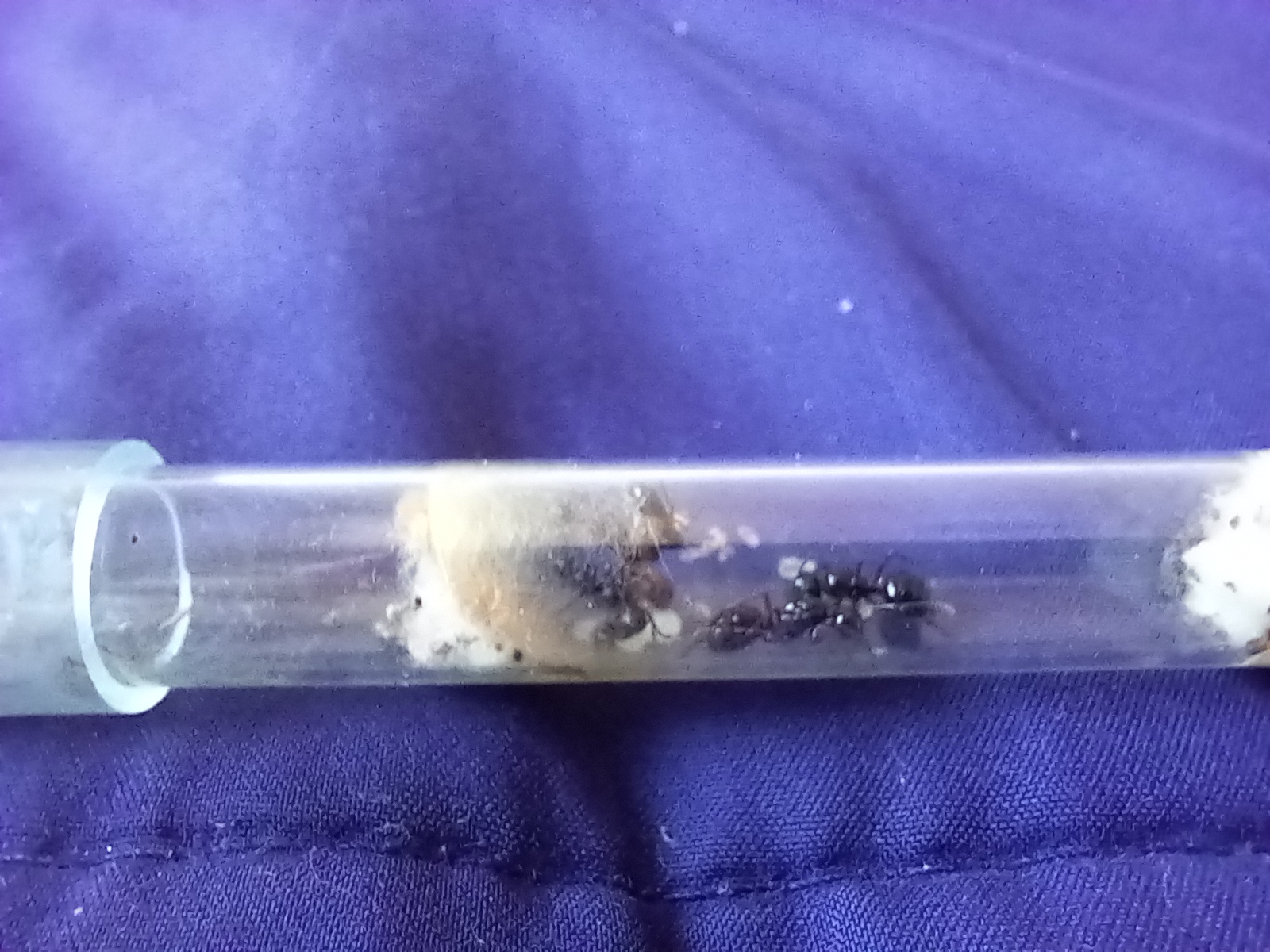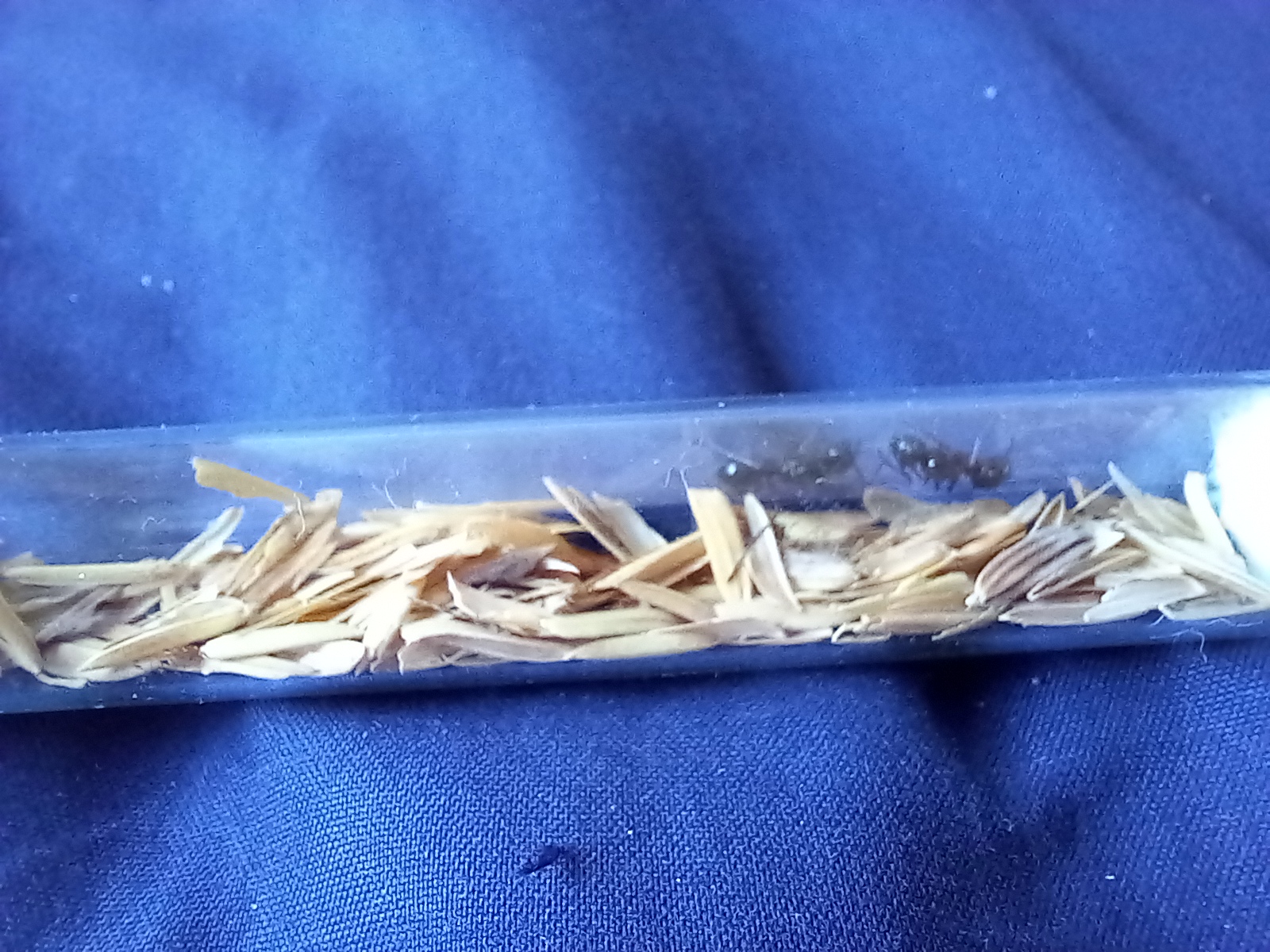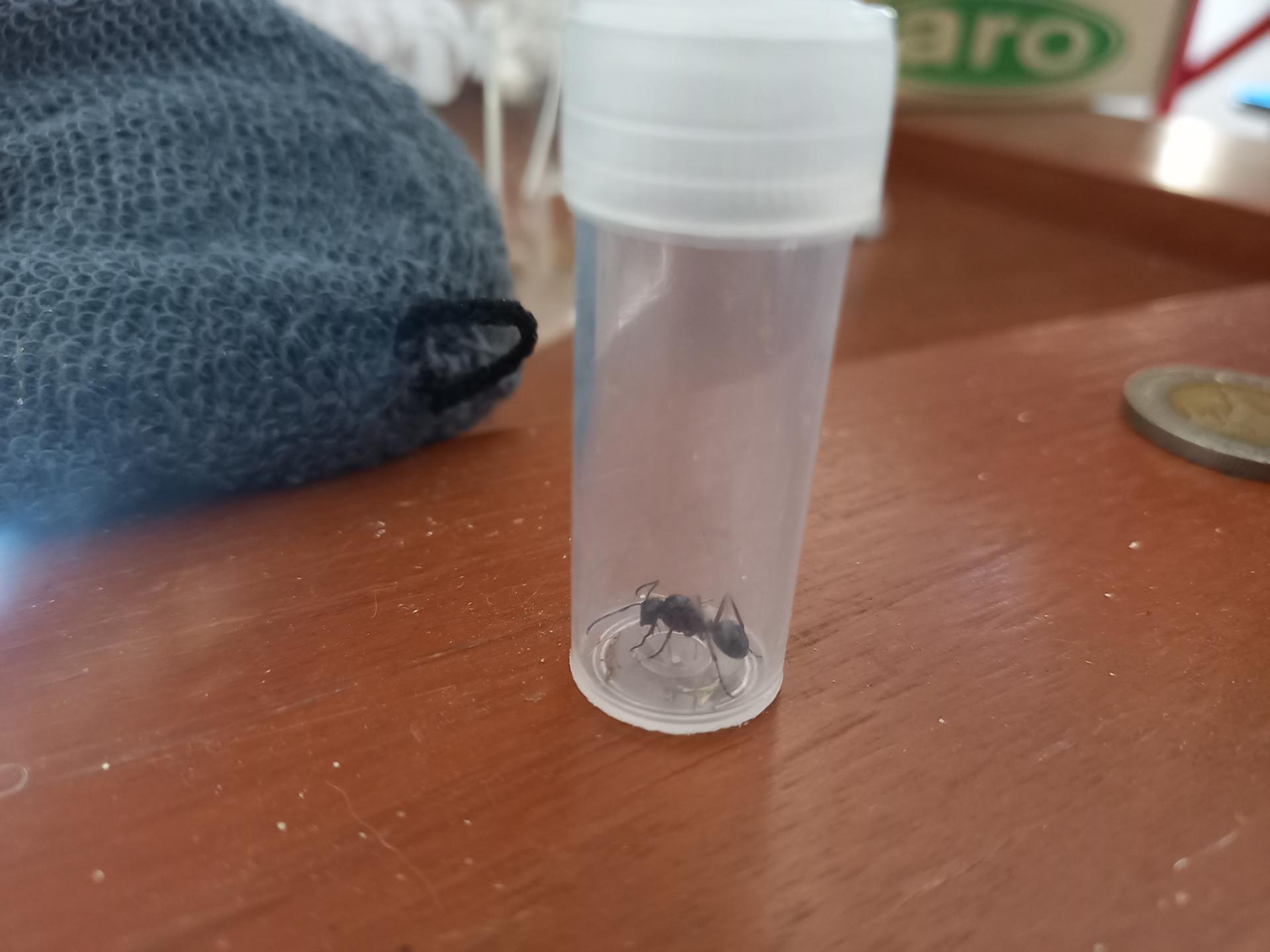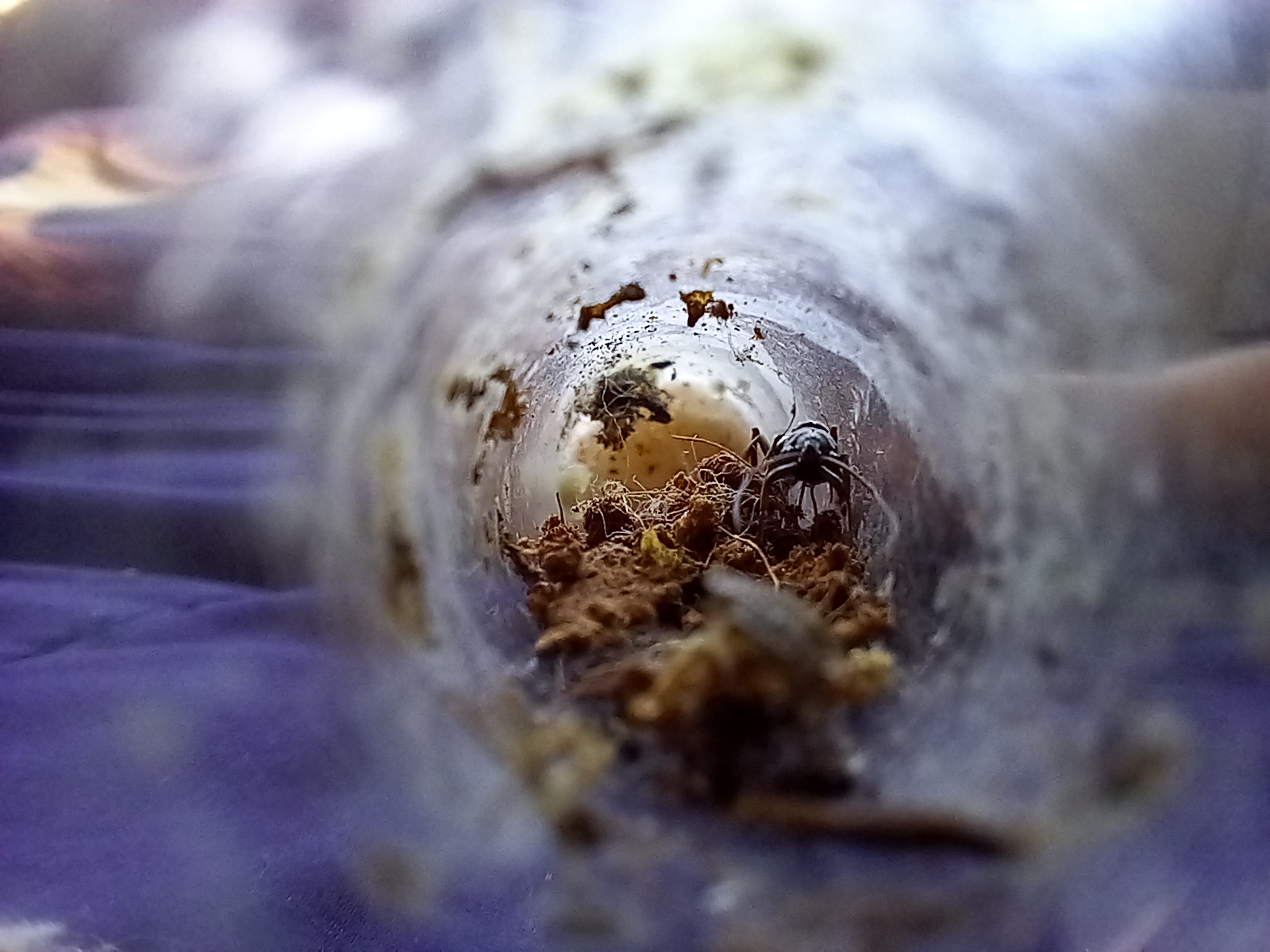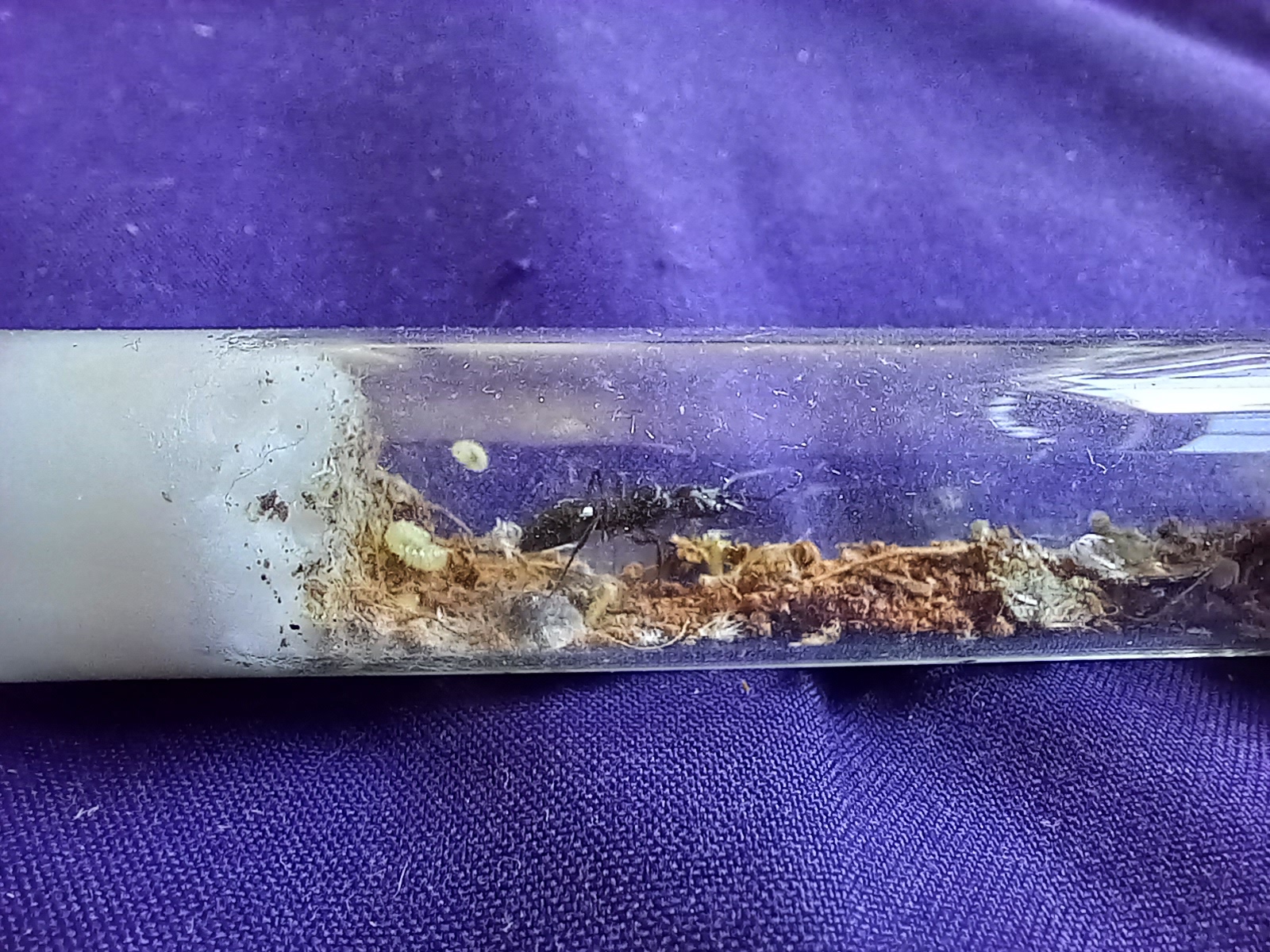Hello guys, umm yeah second update. let's go whoop whoop. So this one is a bit a bit late, dam why can't I do anything on time?? If I'm not careful my journal might end up like my YT channel. Anyway enough rubbish talk, you guys want to see ants, so I'll give you ant alright. So I won't be updating on my C. parius colony and my Polyrhachis queen this week, because well there isn't much to update on, except that they are doing pretty well.
- Oecophylla smaragdina
- Odontomachus sp.
- Cataculacus granulatus
- Tapinoma melanocephalum
- Nylanderia sp.
So the warrior of a queen with her very fast progress, Oecophylla smaragdina makes a, uh something.
As you can see, she now has pupae. Many of them, I counted 7. She actually got her first pupae within a day or two after I uploaded my first update, expecting a worker soon. Still not sure on their future though. Please leave any suggestions if you have any.
Next up will be my, drum roll. Odontomachus sp.
And yes, I still haven't identified their sp. because I am lazy ![]() . I will get to it though and be a decent ant keeper at least. So these guys are doing well, as you can see you can actually see them this time. They have moved into a new clear test tube, well I ended up forcing a move, but luckily this time I did not have to use heat. I have lost count how many times this poor queen has moved test tubes. Today though is a day, a weird day. Don't know what to call it, scary? I found something that might just be nothing, and I am panicking inside for no reason, or it is the start of something very, very bad. So I gave them a new roach nymth for them to feed on, and as I watched one brave and active worker at work I noticed something on her gaster, something small. To me it looked like a mite, and mites are common around Odontomachus, they are usially bright while in color and harmless, probably only after the protein I feed my ants, so it's possible that it's just hitching a ride on a worker. However the mite was greyish in color and it would be weird to hitch a hike on a gaster. It could also just be debris, so maybe it is nothing, but uh defenitely concerning. I don't have any advanced equipment, I mean look at the quality of my images, the best I have got is a magnifying glass, so it would be easy to mistake a mite for a peace of debris. I will definetly though monitor this colony closely to see if this mite spreads.
. I will get to it though and be a decent ant keeper at least. So these guys are doing well, as you can see you can actually see them this time. They have moved into a new clear test tube, well I ended up forcing a move, but luckily this time I did not have to use heat. I have lost count how many times this poor queen has moved test tubes. Today though is a day, a weird day. Don't know what to call it, scary? I found something that might just be nothing, and I am panicking inside for no reason, or it is the start of something very, very bad. So I gave them a new roach nymth for them to feed on, and as I watched one brave and active worker at work I noticed something on her gaster, something small. To me it looked like a mite, and mites are common around Odontomachus, they are usially bright while in color and harmless, probably only after the protein I feed my ants, so it's possible that it's just hitching a ride on a worker. However the mite was greyish in color and it would be weird to hitch a hike on a gaster. It could also just be debris, so maybe it is nothing, but uh defenitely concerning. I don't have any advanced equipment, I mean look at the quality of my images, the best I have got is a magnifying glass, so it would be easy to mistake a mite for a peace of debris. I will definetly though monitor this colony closely to see if this mite spreads.
Next we have my tank-like C. garnulatus colony.
Look at their new home, I love it they look so cute inside. I hope they like it more as well. Wait I think I did already showed this setup, it's how I introduced them I think. Ah I'm so.. I don't know, I'm tiered. They got their 5th worker which is indeed very exiting to me at least and they have 2 or 3 pupae. Man I really should have prepared, I'm so unorginised, this is going directly down the path of my YT channel, ah stay on topic. So that is their progress, they are climbing up slowly but surely, love them to bits.
Tapimona and the sp. name that I probably could never pronounce, Tapimona actually sounds pretty nice though. Up next.
Oh wait, just relised I don't have a photo for them, dam it's dark, I'm a terrible host. Ok so basically 3 days ago, I woke up checked up on them and their test tube went incredibly dirty. It went from mildly dirty to there was a sandstorm inside of the test tube over night, literally, it looks like there was a sandstorm inside the tube. The brood is also gone, so these are bas signs, immediately when I sa this I prepared them a new test tube. They still haven't moved in, I will hae to force move them towmorrow, I feel like I have no other choice.
Duck! In comes the flying Nylanderia into the next update, to be updated next, um to show them next.
Again, sorry for the quality, this one and the O. smaragdina are particularly bad. Surprisingly the queen's wings are still intact. She did la eggs so that is a good sign and the next gen of workers are pupating. Things are just lookng good for this colony, which I like to see.
Anyway that is my overdue very bad second update, hope you at least found some enjoynment in this chaos. As always, thanks for your time, good bye for now.



